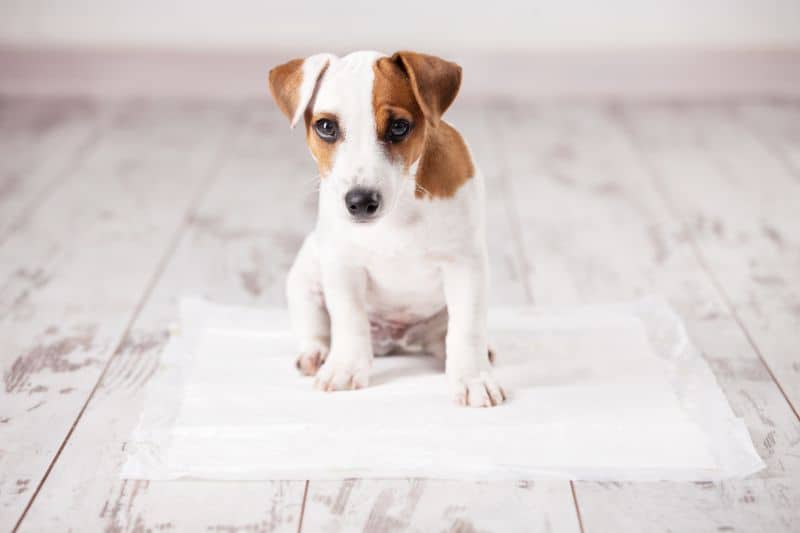Are You Ready? It’s Time to House Train Your Pet

The phrase “It’s a good thing you’re cute!” is a common one among owners of young animals. Indeed, their charm and innocence wins us over every single time they have an accident inside the house.
But just because they are adorable and deserving of our unending love and affection, soiling inside the house is an unsustainable practice to carry beyond their first year. So, what’s the best way to house train your pet?
Consistency Is Key
Puppies are able to respond to house training between 12-16 weeks of age. Before that, they have no control over elimination. Once they are encouraged to use their dedicated, personal spot they tend to recognize and return to it with greater frequency as time goes by. Positively reinforce the action of proper elimination with lavish praise and affection.
It’s All in the Timing
Puppies need to go to the bathroom directly following meals, waking up, and playing, but it can take up to a half hour for them to answer the call. Provide them with an opportunity to go to the bathroom every 3-4 hours.
You Can Do It!
You may find quicker success if you use the same phrase each and every time you take your pet outside to eliminate. A simple “you can do it” will suffice, but other phrases like “go” or “come on” or “do your business” can help them associate your words with the action.
Accompany your pet to their spot. If they don’t go, give them encouragement or bring them indoors for 10-15 minutes. Repeat the process until they go.
The Signs
As you begin to house train your pet, you’ll likely observe some of the following tell tale behaviors:
- Circling
- Sniffing
- Sneaking off
- Heading to the door (often a little too late)
- Whining
Their body language and behavior are super helpful to the process. Some pet owners attach a bell to the door so pets can ring it in order to be let out.
Red Handed?
If you catch your pet going to the bathroom inside the house, interrupt them with your voice or a disruptive noise. Scolding or punishing them will have negative consequences, and may set back the training. Instead, quickly take them outside and stay with them until they go in the right place.
Remember, because pets are repeatedly drawn to the same areas to eliminate, sanitize and neutralize indoor pet stains and odors.
House Train Your Pet
Crate training is highly effective during this process. Once your pup has eaten, exercised, played, gone to the bathroom, and received attention, invite them to enter their “den”. Leave them in their crate for an hour at a time, until they are okay for 3-4 hours at a time (never longer). If you move too fast, they may feel afraid, anxious or stressed out and soil the inside of their crate.
Success!
As you effectively house train your pet (and they demonstrate mastery), you can decide how much freedom they can enjoy without supervision. As they grow up a bit, they’ll figure out exactly how to please you and how to avoid getting into trouble.
If you have further questions about house training, please let us know. Our team at Bowman Veterinary Hospital is always here for you!


